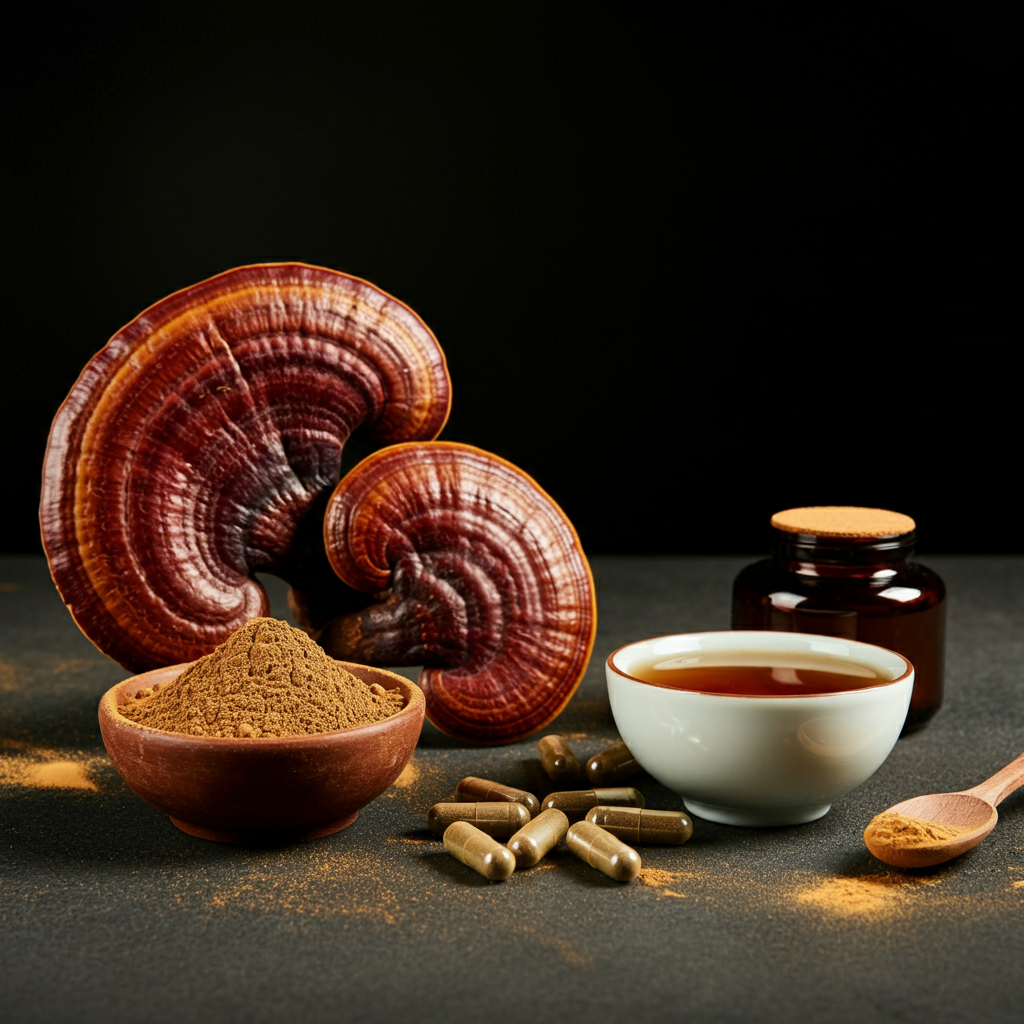Chaga (Inonotus obliquus), a medicinal fungus revered for its health-promoting properties. While traditionally considered a fungus, we should clarify that it is actually a sterile conk, the result of a fungal infection on birch trees. For this reason it is both made of fungal and plant tisssues, making its cultivation difficult. A recent analytical study published in the International Journal of Molecular Sciences uncovers substantial quality inconsistencies among commercially available Chaga supplements.
Distinguishing Authentic Chaga from Grain-Based Alternatives
Utilizing a comprehensive analytical approach, researchers rigorously compared authentic wildcrafted Chaga cankers with commercial products, mainly focusing on those derived from mycelium-fermented grains.
The study deployed multiple advanced analytical techniques, including:
- High-Performance Thin-Layer Chromatography (HPTLC)
- Liquid Chromatography with Evaporative Light Scattering Detection (LC-ELSD)
- Liquid Chromatography coupled to Quadrupole Time-of-Flight Mass Spectrometry (LC-QToF-MS)
- Nuclear Magnetic Resonance (NMR) spectroscopy
- UV-Visible spectrophotometry
- Starch detection assays (Iodine-starch tests)
Key Analytical Findings
Authentic Wildcrafted Chaga was characterized by:
- Distinct triterpenoid compounds (e.g., inotodiol, trametenolic acid)
- Significant melanin content, verified through spectral analysis
- Low levels of starch and α-glucans (indicative of minimal grain content)
- Moderate β-glucan levels (5.7–11.9%)
In stark contrast, mycelium fermented grain products labeled as Chaga showed:
- High levels of starch and α-glucans, confirming substantial grain presence
- Absence or minimal levels of characteristic Chaga triterpenoids
- Minimal fungal material, evidenced by significantly lower ergosterol levels
- Near-identical NMR spectral fingerprints to grain substrates, suggesting minimal metabolic transformation by fungal mycelium
Quality Control Implications and Consumer Safety
This comparative analysis underscores an essential issue within the functional mushroom industry: mislabeling and adulteration. The observed disparities highlight the necessity for stringent quality control measures and standardized authentication methods to ensure consumer safety and product integrity.
Recommendations for Consumers
To reliably identify authentic Chaga supplements, consumers should:
- Seek products clearly labeled as derived from wildcrafted Chaga canker.
- Avoid supplements listing “mycelium” and grain-based substrates prominently.
- Consider brands that transparently disclose analytical test results for authenticity.
Conclusion
Through detailed analytical investigation, this study provides a robust scientific framework to authenticate genuine Chaga products, offering valuable guidance for consumers, industry stakeholders, and regulatory bodies. Authenticity matters—especially when it comes to products intended to support health and wellness.
For more detailed insights, refer to the original publication: Comparative Study of Chaga Dietary Supplements Using Complementary Analytical Techniques.

No responses yet